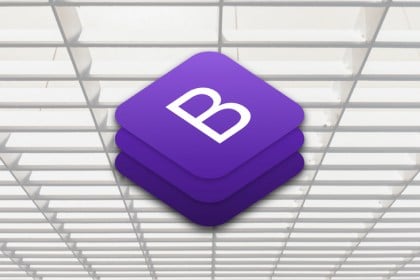
In this article, we’ll take a look at atomic CSS-in-JS libraries and utility-first CSS frameworks, how they compare to each other, their shortcomings, and some projects using both concepts.

Learn how to use Dgraph with GraphQL to create a CRUD that generates scaffolding methods for each one of the queries and mutations.

Gretchen allows type-safe fetching by providing a very subtle abstraction over the popular fetch() syntax that you already know and love.

Building and shipping a ready-to-use desktop automation framework for three major platforms requires an elaborate development setup. In this tutorial, I’ll show you how I organize my work on nut.js.

In this article, we’ll learn how to use generic types in our functions to create more reusable functions along with generic classes and generic interfaces.

Heavily inspired by React, Crank.js is a new, JSX-driven framework for creating components with functions, promises, and generators.

We’ll be looking at how Gatsby uses GraphQL to pull in data at build time and also its implications on performance.

Getting scroll to work perfectly requires a lot of trial and error. React-gridlist provides a painless and fast way to implement scroll in your application.

This tutorial demonstrates the value of Blitz.js through a simple recipe application built with React.

Replacing your UI framework can seem a Goliath-sized task. This tried-and-true approach can help lead to success.

These top-level API’s will help you to write your React components more efficiently, and knowing when and how to use them is crucial to your development cycle.

In this article, we’ll learn how we can use TypeScript with React and built components that are usable within both TypeScript and JavaScript files.